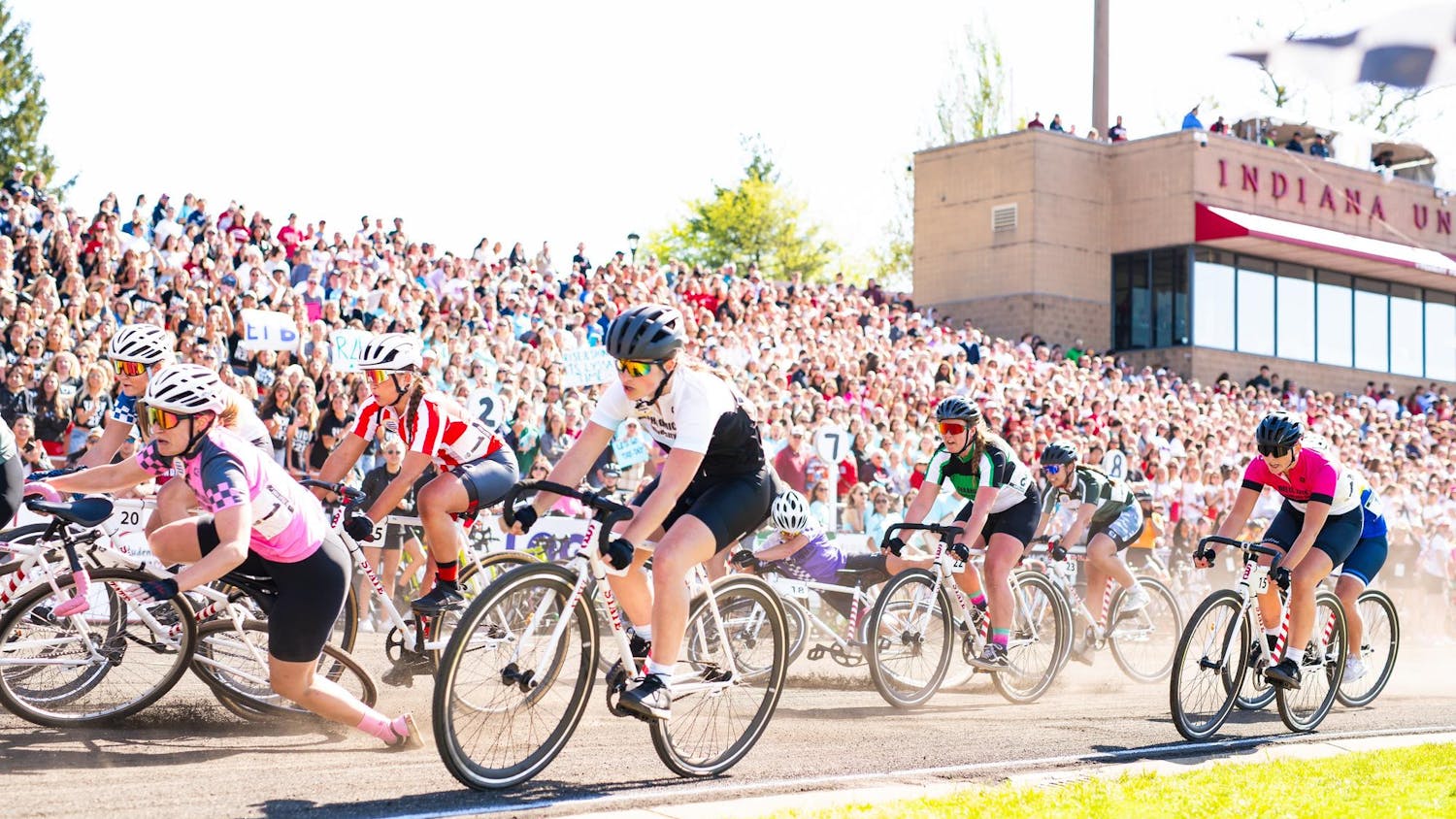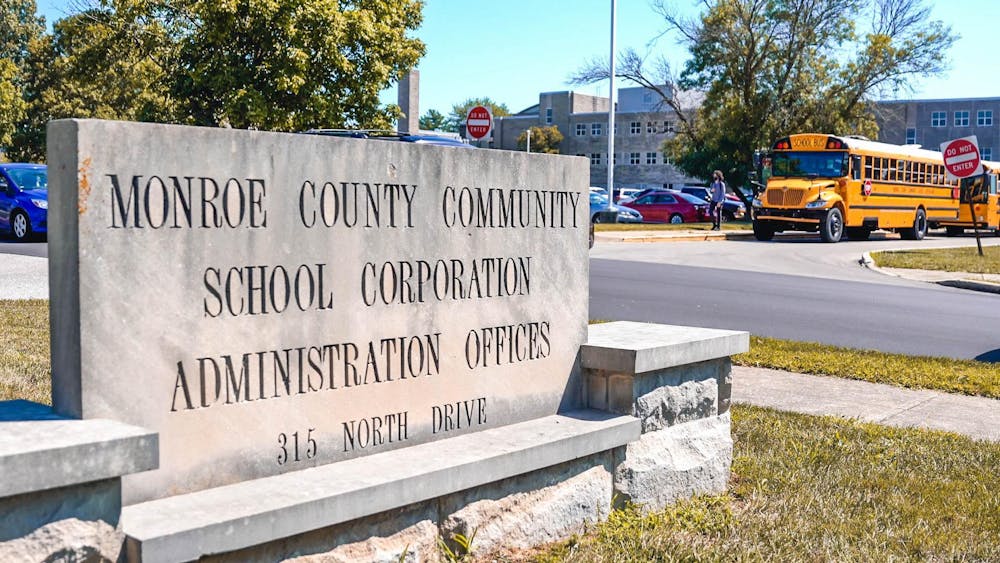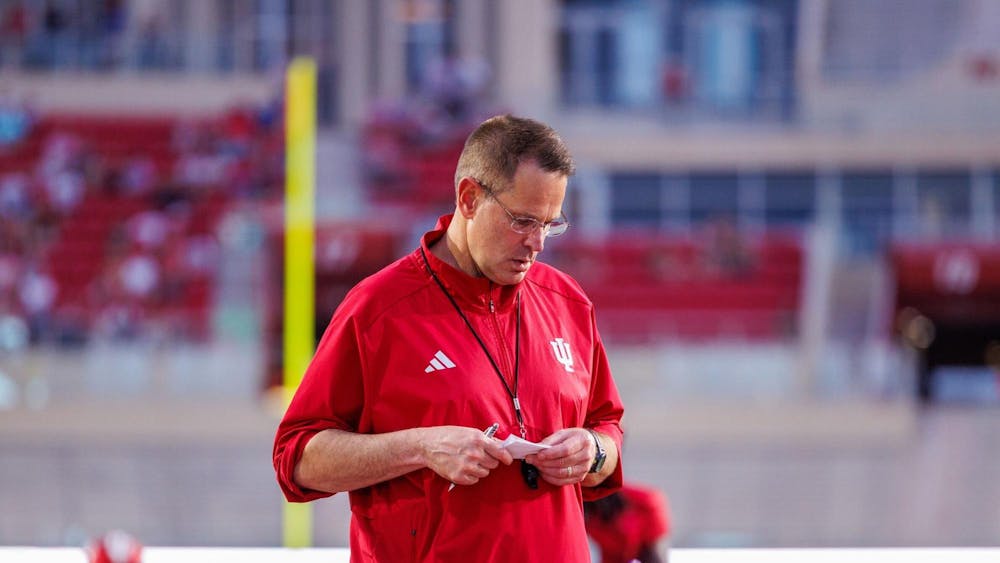Rhonda Baird led the discussion on permaculture design, which generated ideas about more extensive community gardening, clean energy and balancing work and a self-reliant lifestyle.
Baird is the assistant editor of Permaculture Design Magazine, which publishes writing about regenerative living.
She teaches Permaculture Design courses as well.
Baird’s lecture, “Using Permaculture Design to Vision a Thriving Bloomington,” detailed the goals of the living strategy.
Permaculture is essentially an ethical design system that takes into account the needs of people and of the environment in a given community.
Food, energy and land needs should thus be met in a “sustainable — and even regenerative — way,” Baird said.
Permaculture’s first priority, Baird said, is to care for the land. Every other goal comes after that.
Part of a sustainable lifestyle is recognizing and living within the limits of the land — by minimizing consumption, waste and even population, Baird said.
In an ideal world, the tenants of “earth care, people care and fair share” can be applied to city and county infrastructure as well as smaller community projects, Baird said.
“Permaculture focuses on land and land stewardship, certainly, but also building, how we build, and tools, and science and technology, how we make decisions using those,” Baird said. “Landscape architecture is only one part.”
Baird asked Green Drinks attendees to use the markers and paper left on each table to write out steps the city could take to make its residents less dependent on wasteful consumption.
Patricia Coleman of Local Food Bloomington said the city should encourage people to “transform grass spaces into edible landscapes”.
“The city should be encouraging people to repurpose their lawns,” Coleman said.
Chris Haynes suggested that in order to make edible landscapes more feasible, Bloomington could demolish small structures like unused sheds and developing neighborhood committees to manage the planting.
Baird kept a list of ideas ranged from encouraging residents to compost to starting a gray water recycling program to cleanse and use water from sinks and showers for irrigation or toilet flushing.
“We recognize that we are in a socially opportune moment,” Baird said. “We have more resources, social capital, wealth, than we believe we might 100 years from now, or 50 years from now.”
One issue that emerged was the difficulty of growing one’s own food or being less dependent on mass consumption when a 40-hour-a-week job usually requires much free time and energy.
Baird suggested people who are interested in sustainable living could either work to redefine expectations for work-life balance, or start tending relationships with people who could put more time into growing food.
“The goal is to create a thriving, beautiful, regenerative, juicy, loving community where we take care of each other and take care of the community,” Baird said.





